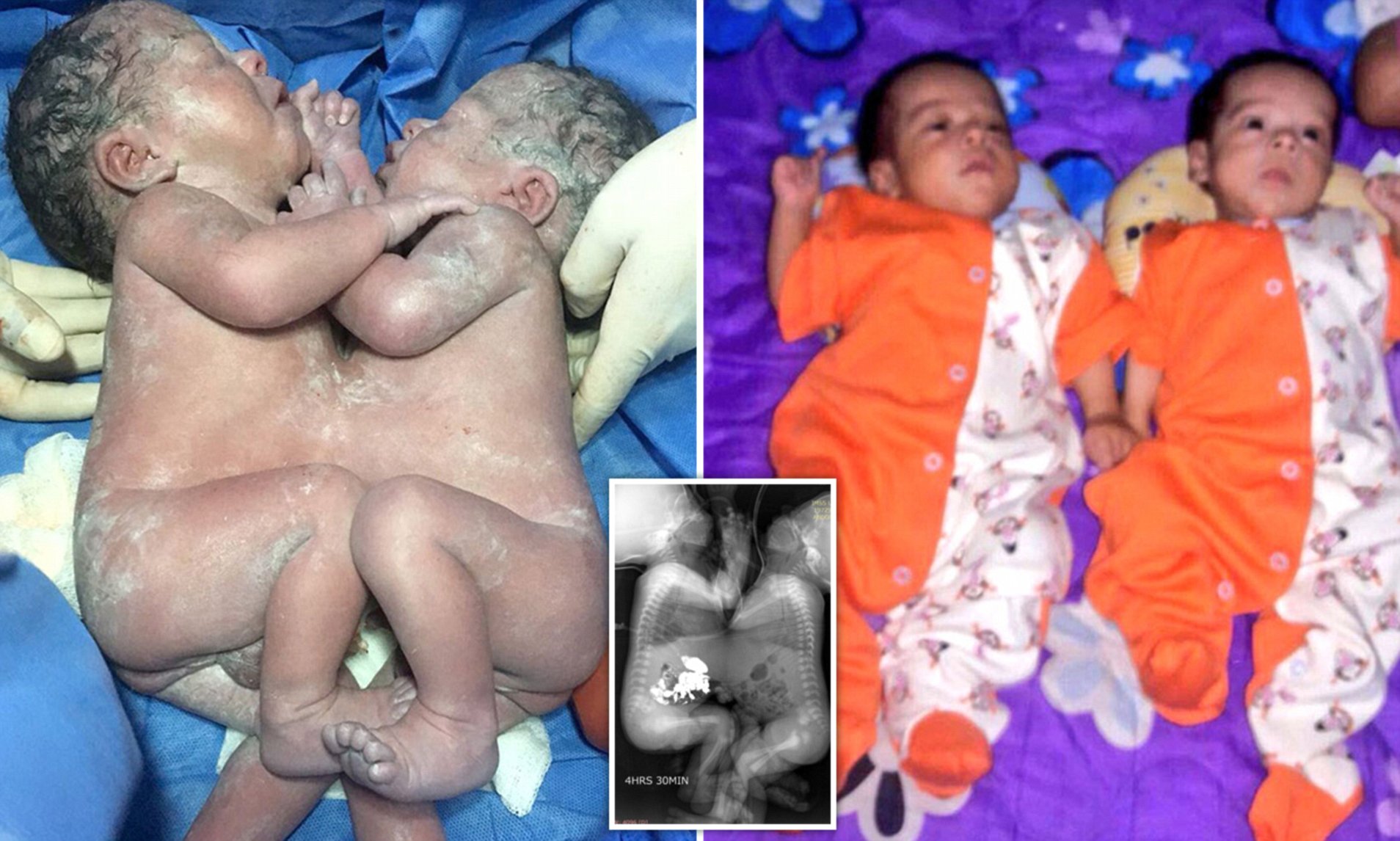- Study Says Most Parents Don’t Use Car Seats In Ride Share Vehicles Like Uber
- This 12-Year-Old Boy Is A Sophomore Aerospace Engineering Major!
- Fire Safety Experts Warn Of Hand Sanitizer Danger After A Mom and Kids Escape House Fire
- Recall Alert: Peaches May Be The Cause Of Salmonella Outbreak, 68 People Ill
- Summer Vacation In The Days Of COVID: Tips To Stay Safe
- How To Safely Grocery Shop During The Coronavirus Pandemic
- Michigan Teen With Vape-Related Illness Undergoes Double Lung Transplant
- Teen Kicks Off Anti-Vaping Campaign From Hospital Bed
- Teenager Receives Life Sentence For Strangling Sister To Death Over A Wi-Fi Password
- Toddler Falls To Death From 11th Deck of Cruise Ship
Doctors Successfully Separate Conjoined Twins After All-Day Operation


Doctors have successfully separated conjoined twins after a gruelling all-day operation after the babies had matured enough to handle the procedure.
Specialists of the Mexican Social Security Institute (IMSS) reportedly carried out the complicated op at the IMSS Paediatric Hospital in Guanajuato City in the central Mexican state of the same name.
The twins were conjoined at the thorax and abdomen.
Following a number of CT scans, echocardiograms and MRI examinations, experts decided to schedule the surgery for when the babies reached 41 days of age.
Joined at the hip
According to media reports, the babies’ 32-year-old mother lives in the city of Irapuato and was informed during an IMSS prenatal check-up on the 26th week of her pregnancy that she would give birth to Siamese twins.
The babies were delivered by c-section, they weighed just over 11 pounds and were 45 centimetres in length.
The multidisciplinary team of surgeons, anaesthesiologists and nurses started the complicated operation first thing in the morning and had successfully separated them by 12.45pm without any problems.
Specialists needed a few more hours afterwards to complete the surgery and to make sure that the babies’ organs were working properly.
After a couple of days in paediatric intensive care, the two babies were sent home to be with their family.
They recently went back to the IMSS Paediatric Hospital for their first check-up where they were reported to be in good health.
About 1 in every 200,000 live births in the world are conjoined twins.
Though there are a lot more hospitals and surgeons equipped to separate them now than in decades past, about 35 percent of these babies only live a day after their birth.
Conjoined twins are extremely rare, making the causes behind the condition difficult to study and as-of-yet unclear.
Twins form when a single fertilized egg splits early in the embryonic development.
This process is however not instantaneous, and on the rare occasions when the egg does not fully split, the two fetuses become conjoined, growing shared organs and body structures.
Their bodies may be linked at nearly any point, though thoraco-omphalopagus twins, like the infants in this case, are the most most common form, making up about 28 percent of all conjoined twins.
Doctors are unsure why, but conjoined twins are usually girls – about 70% of the time – and tend to have better survival rates than boys do after birth.
Twin girls also tend to be more resilient to the stresses of separation surgeries, and now, at least 1 twin survives separation about 75 percent of the time, though rates vary depending on what organs and structures the babies’ share.
Success rates for separating twins joined at the spine, for example, are estimated to be as much as 68 percent.
The first separation surgeries were performed back in the 1950s, but the operation remains a steep challenge to even the most experienced surgeons.
For many sets of conjoined twins, separation is just not an option because they share too many essential organs and blood vessel connections.
For still other families, separation may cost one twin their life, but give the other a better chance at survival as well as a more viable future.









0 comments